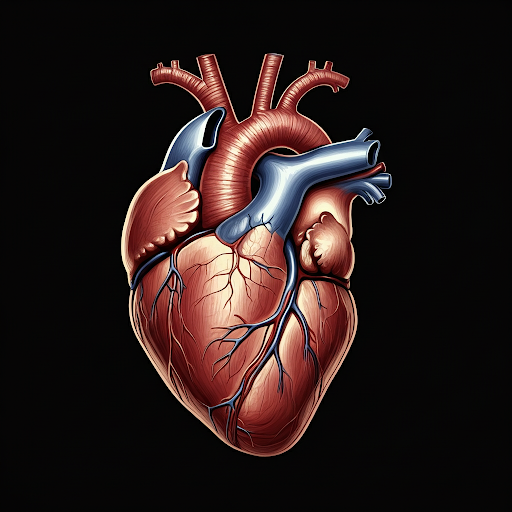
Heart Attack: Spotting Signs, Reducing Risks, and New At-Home Tests
Everything you need to know to protect your heart and assess your risk.
Understanding Heart Attacks
A heart attack, or myocardial infarction, occurs when blood flow to the heart is blocked, often due to plaque buildup in the coronary arteries. It is a leading cause of death worldwide, but with the right knowledge, many cases can be prevented.
New advancements, including at-home tests and improved diagnostics, are making it easier to spot risks early. Learn more about heart health advancements at CDC Heart Disease Facts.
How to Spot a Heart Attack
Recognizing the early signs of a heart attack can save lives. Symptoms often vary between individuals but may include:
- Chest Pain: Pressure, tightness, or discomfort in the chest.
- Shortness of Breath: Difficulty breathing, even without physical exertion.
- Other Symptoms: Nausea, cold sweats, lightheadedness, or pain radiating to the arms, back, neck, or jaw.
Women may experience atypical symptoms such as fatigue, indigestion, or dizziness. For detailed symptom breakdowns, visit American Heart Association.
Reducing Heart Attack Risk Factors
Heart attack prevention starts with lifestyle changes and awareness of personal risk factors. Key steps include:
1. Manage Your Diet
Opt for heart-healthy foods rich in fiber, omega-3 fatty acids, and antioxidants. Reduce intake of saturated fats, trans fats, and sodium.
2. Stay Active
Regular physical activity, such as 30 minutes of moderate exercise five times a week, strengthens the heart and reduces cholesterol levels.
3. Control Blood Pressure
High blood pressure is a major risk factor. Regular monitoring and medication (if prescribed) are essential.
4. Avoid Smoking and Limit Alcohol
Smoking damages blood vessels, while excessive alcohol can increase blood pressure and cholesterol levels.
For more heart-healthy tips, explore WHO's Guide to Cardiovascular Health.
New At-Home Heart Attack Risk Tests
Advancements in healthcare have made it easier to assess heart attack risks from the comfort of your home. Here are some options:
1. Cholesterol Testing Kits
At-home cholesterol kits measure LDL, HDL, and triglyceride levels, giving insights into one of the primary risk factors for heart attacks.
2. Blood Pressure Monitors
Regularly tracking blood pressure helps identify hypertension, a silent but significant risk factor.
3. Cardiac Biomarker Tests
Some new kits measure biomarkers like troponin, which can indicate heart muscle stress or damage. These are especially useful for individuals with a family history of heart disease.
4. Wearable Technology
Devices like smartwatches now include features to monitor heart rate, detect arrhythmias, and even provide ECG readings.
For reliable options, consider reviewing FDA-Approved At-Home Tests.
Emergency Steps During a Suspected Heart Attack
If you suspect someone is having a heart attack:
- Call 911 immediately.
- Encourage the person to chew and swallow aspirin if not allergic.
- Keep them calm and seated until emergency services arrive.
Acting quickly can significantly improve outcomes. Learn more about emergency response at Red Cross First Aid Resources.
Innovations in Heart Attack Prediction
Researchers are working on tools like AI-based algorithms and genetic testing to predict heart attacks with unprecedented accuracy. These innovations could revolutionize how we approach heart health in the future.
For updates on the latest research, visit NIH News & Research.
Conclusion
Heart attacks remain a significant health challenge, but with proper awareness, lifestyle changes, and access to new diagnostic tools, the risks can be greatly reduced. By staying informed and proactive, you can protect yourself and your loved ones.
For more heart health tips and tools, visit Your Website.
